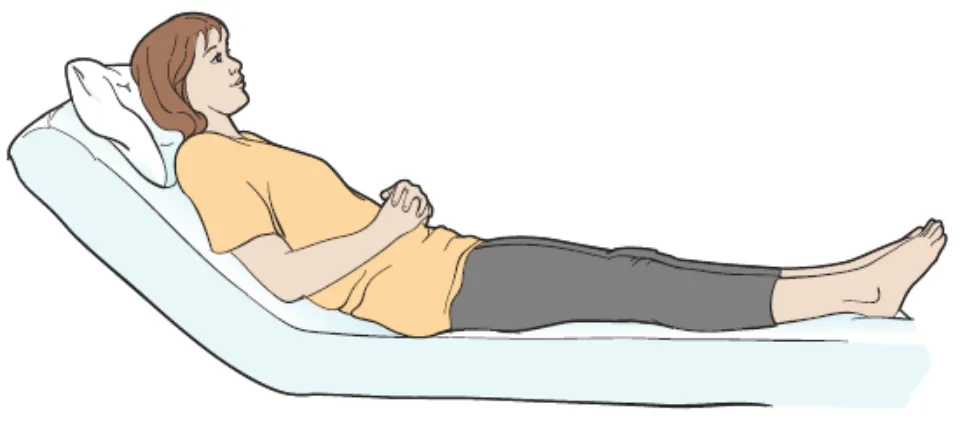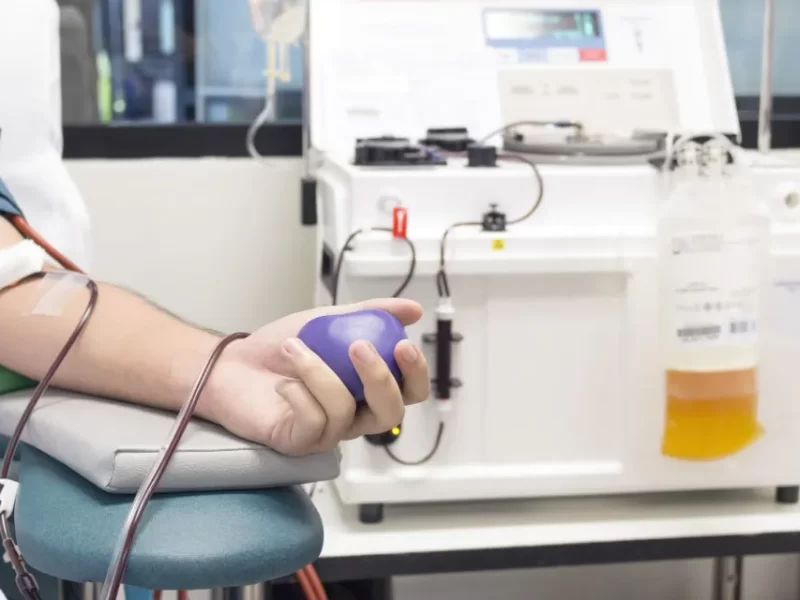Aspiration is when food or liquids enter your airway. Breathing issues or infections of the lungs like pneumonia may result from this. Practices that help prevent these issues include aspiration precautions.
Learn how to stop elderly people from aspirating by reading the information below.
What is Aspiration?
When food or liquid enters your airway rather than your esophagus, the condition is known as aspiration. The tube from your mouth to your stomach, known as the esophagus, carries food and liquids. When you eat, drink, or receive a tube feeding, aspiration may occur. Additionally, it may occur if you’re throwing up or experiencing heartburn.
If you have difficulty swallowing, you may be susceptible to aspiration. The reason for this is that food or liquids can become lodged in the back of your throat and enter your airway. Aspiration can result in pneumonia, respiratory infections (infections of the nose, throat, or lungs), as well as other medical issues.
Causes of Aspiration
Older adults with dysphagia frequently experience aspiration, which can result in aspiration pneumonia and involve the misdirection of oropharyngeal secretions or gastric contents into the larynx and lower respiratory tract. In fact, patients with dysphagia have a threefold increased risk of developing pneumonia. Malnutrition and dehydration are two other detrimental effects of dysphagia. A significant indicator of poorer clinical outcomes in hospitalized dementia patients is dysphagia.
Dysphagia is common in persons with neurologic diseases such as stroke, Alzheimer’s and Parkinson’s diseases. Because the dysphagia is added to the slowed swallowing rate associated with normal aging, the older adult with one of these conditions is at an even higher risk for aspiration. Aspiration risk is further increased by circumstances (such as sedation) that inhibit the cough reflex.
Signs of Aspiration
Signs of aspiration include:
- Coughing
- Choking
- Gagging
- Throat clearing
- Vomiting
Before, during, and after you eat, drink, or receive a tube feed, you should keep an eye out for these symptoms, along with your caregiver.
Stop drinking or using a feeding tube if you experience any of these symptoms. Make an immediate phone call to your healthcare provider.
What Increases Your Risk for Aspiration?
Your risk of aspiration could be impacted by any condition that makes swallowing difficult. Examples include the following:
- Stroke
- A neuromuscular disease such as Parkinson’s disease
- Radiation or surgery to the neck or face
- Head or neck cancer
- Cigarette smoking or heavy alcohol use
How to Prevent Aspiration for Seniors?
Sitting Up at a 45-degree Angle
Always keep your bed’s head elevated by using a wedge pillow, if at all possible. Follow these guidelines to prevent aspiration if you’re tube feeding:
- If you can, sit up straight while feeding yourself through a tube.
- Use a wedge pillow to lift yourself up if you are receiving a tube feeding while lying in bed. A wedge pillow is available for purchase online or at your nearby surgical supply store.
- After you finish your tube feeding, remain upright for at least an hour (at a 45-degree angle; see Figure 1).
- Always keep your bed’s head elevated by using a wedge pillow, if at all possible.

Pacing Seniors’ Feedings
Pacing senior citizens’ meals is essential for preventing aspiration. Follow the guidelines below during your feedings to make sure you’re not taking in more than you can digest:
- Don’t infuse more than 360 milliliters (mL) of formula per feeding when tube feeding with the bolus technique. Every bolus feeding should last at least 15 minutes.
- Don’t inject more than 480 mL of formula per feeding when tube feeding by gravity. Each gravity feeding should be infused over a minimum of 30 minutes.
- Do not infuse formula through your feeding pump more quickly than 150 mL per hour if you are tube feeding into your small intestine (duodenum or jejunum).
Puree Your Foods as Directed
Doing so will assist in removing lumps or chunks. Before blending food, you can add gravy, sauce, vegetable juice, milk, or half-and-half. After being pureed, your food ought to have the same consistency as pudding. If your food is too thin after being pureed, add thickener as directed. The following are examples of foods that puree well into a pudding consistency:
- Cream of wheat with small amounts of milk
- Moistened breads, pancakes, Danish pastries, or muffins
- Well-cooked pasta, noodles, or rice
- Cooked vegetables, tomato sauce, or cooked potatoes without skin
- Casseroles, eggs, or cooked pureed meats
- Margarine, sour cream, smooth cheese sauces, or strained gravy

Other Methods
- As you’re eating, stay focused. During meals, keep the radio and TV off. Never attempt to converse with others while eating.
- Verify the proper fit of your dentures. You can chew food more effectively and swallow it more easily if you do this.
- Avoid caffeine and spicy foods. Reflux may result from these. Foods and liquids from your stomach can move back up into your esophagus, which is known as reflux. This may raise the possibility of food or liquids entering your airway as well.
- When you eat, sip water. You can remove food from your mouth by using water. By doing this, the possibility that food will enter your airway will be reduced.
- Do not smoke. Smoking and cigars can harm your esophagus and make it difficult for you to swallow because of the nicotine and other chemicals they contain. If you currently smoke and need assistance quitting, seek advice from your healthcare provider. Nicotine is still present in e-cigarettes and smokeless tobacco. Before making use of these products, consult your healthcare provider.
Summary
In dysphagic stroke patients, texture modification of food and liquids as well as positional swallowing techniques, such as chin-tucking or head rotation, are the main ways to prevent aspiration during oral intake. Additionally, sitting with your back at a 45-degree angle while eating is a very efficient method.



